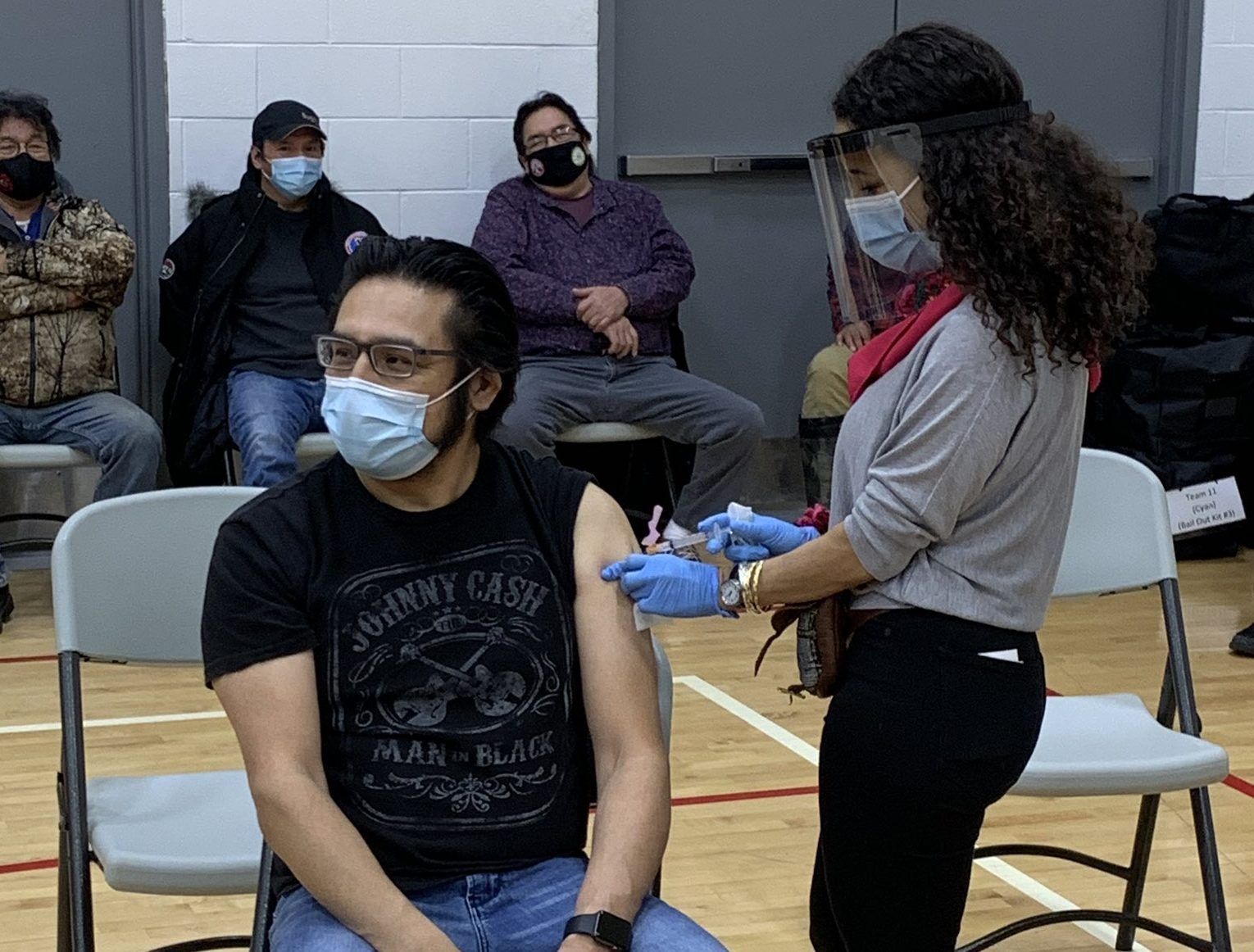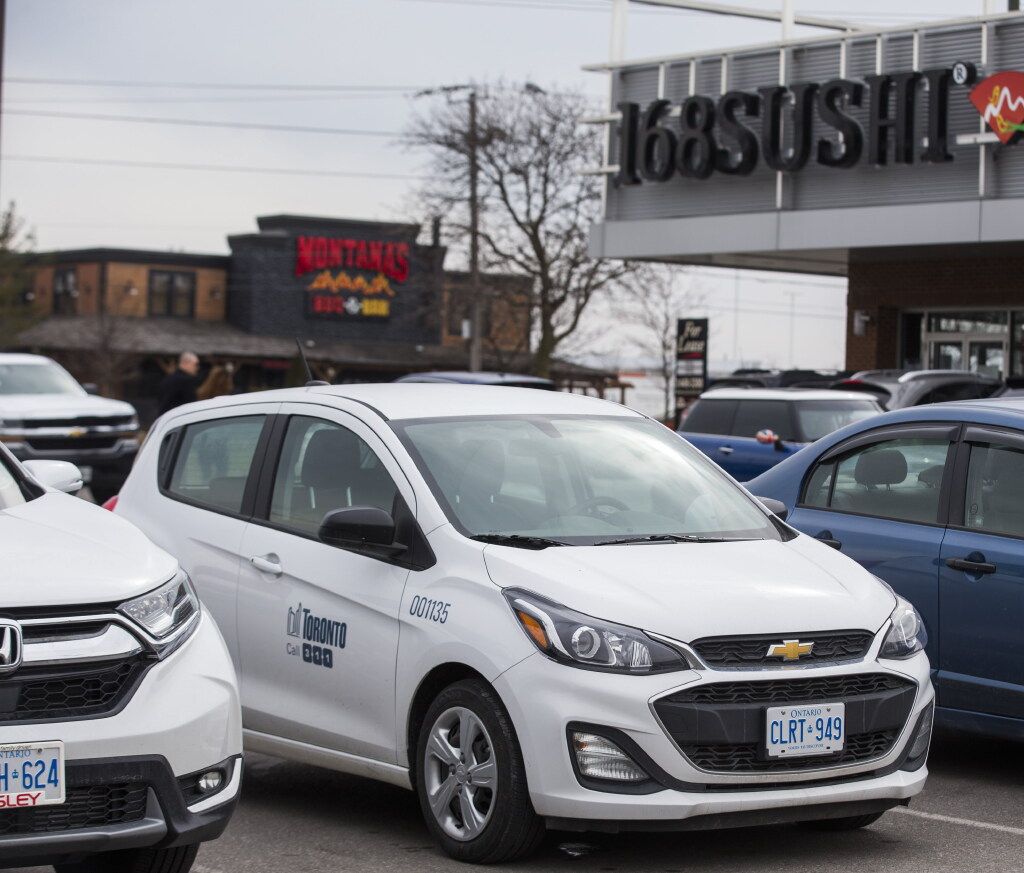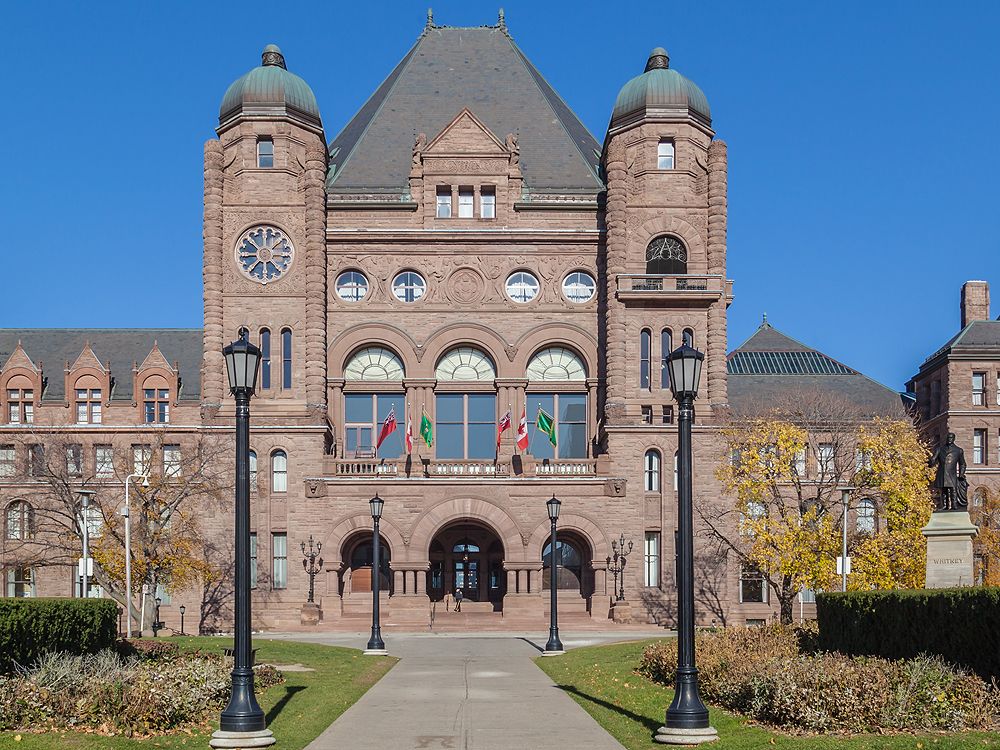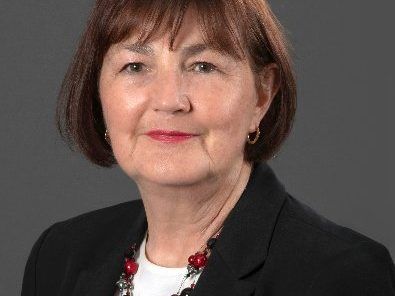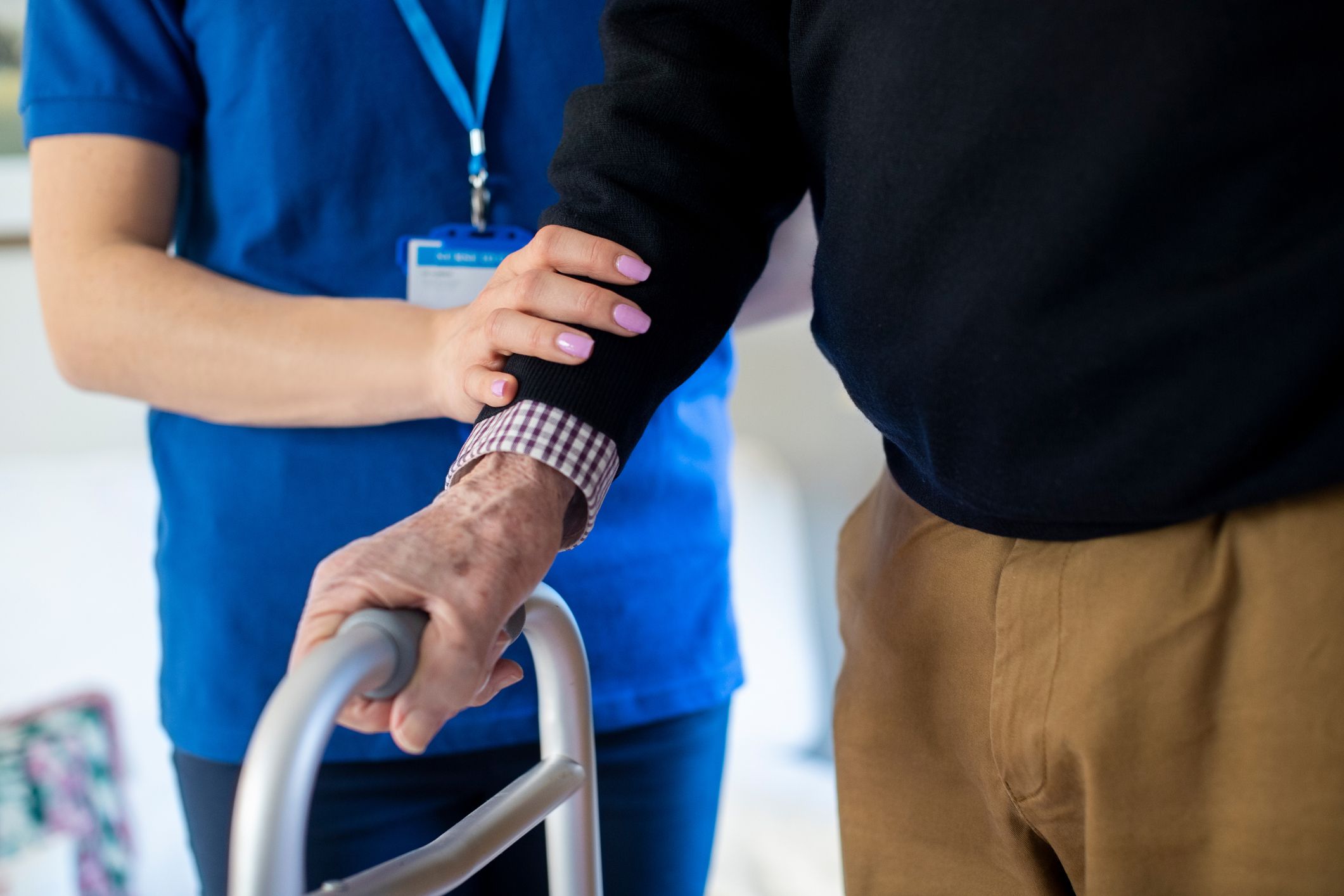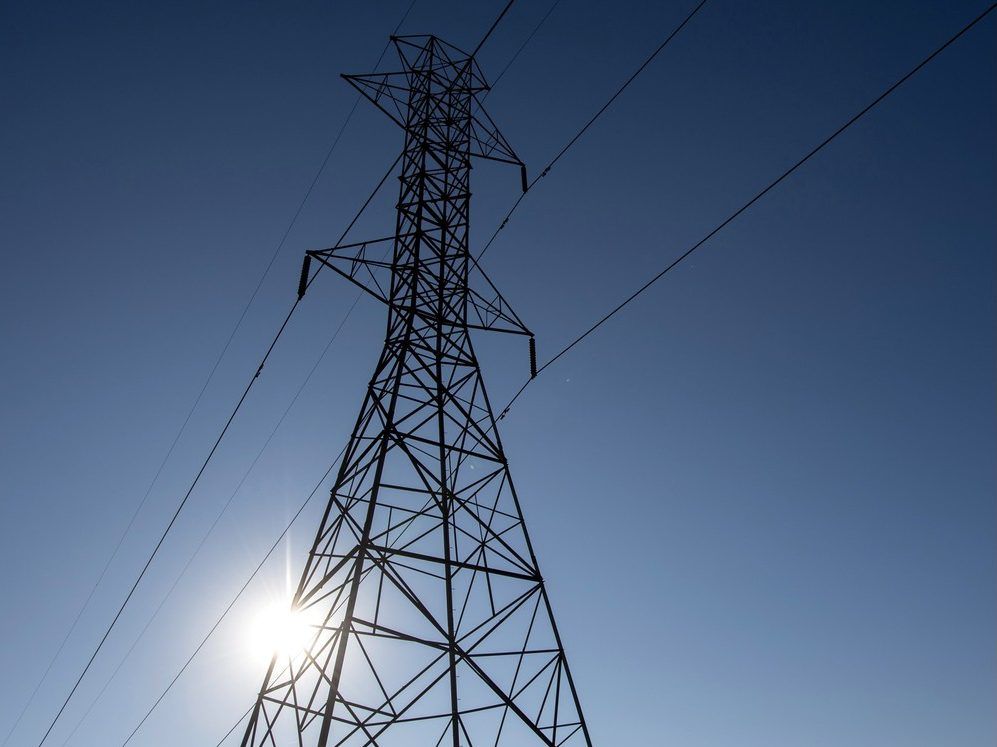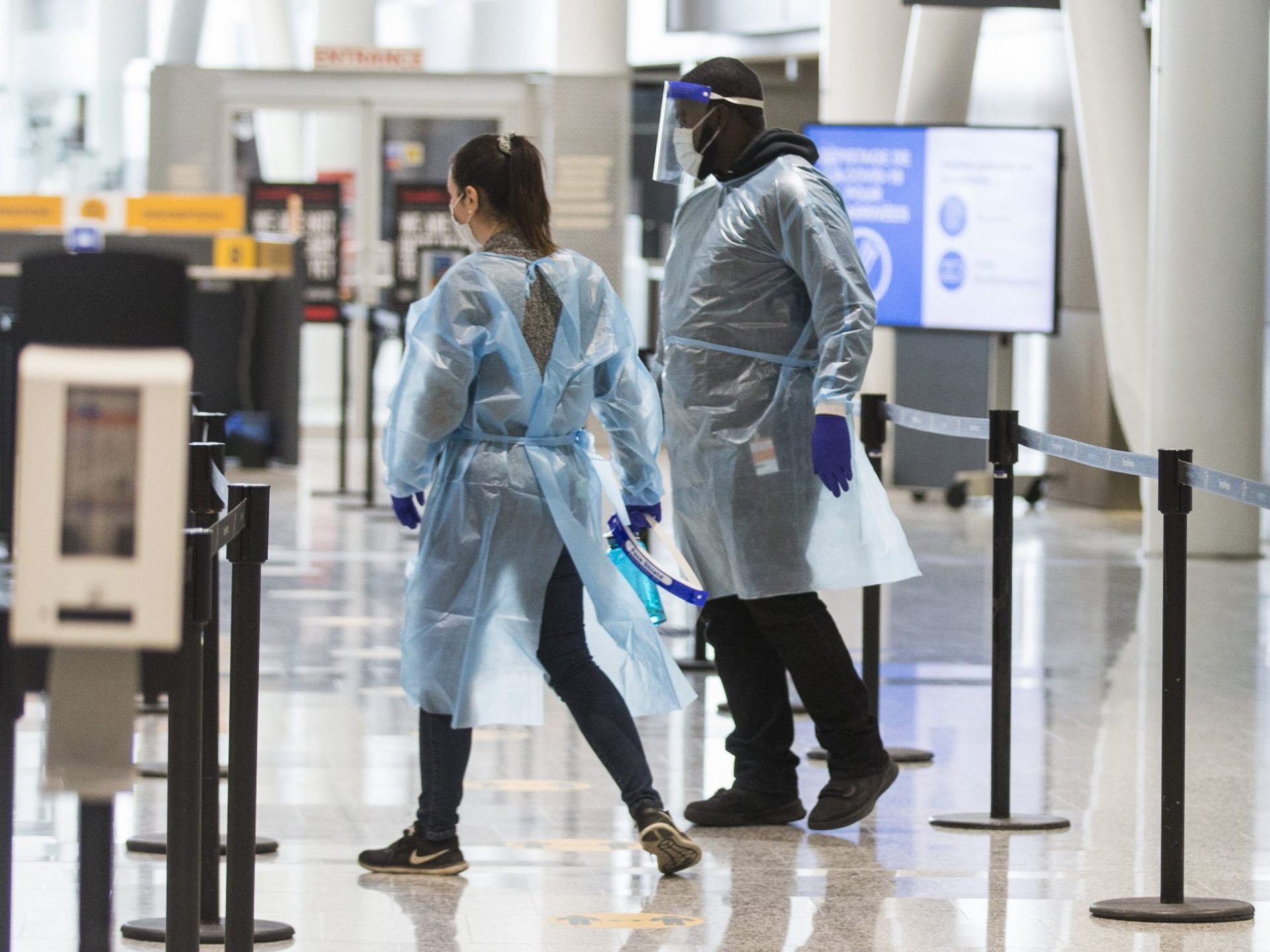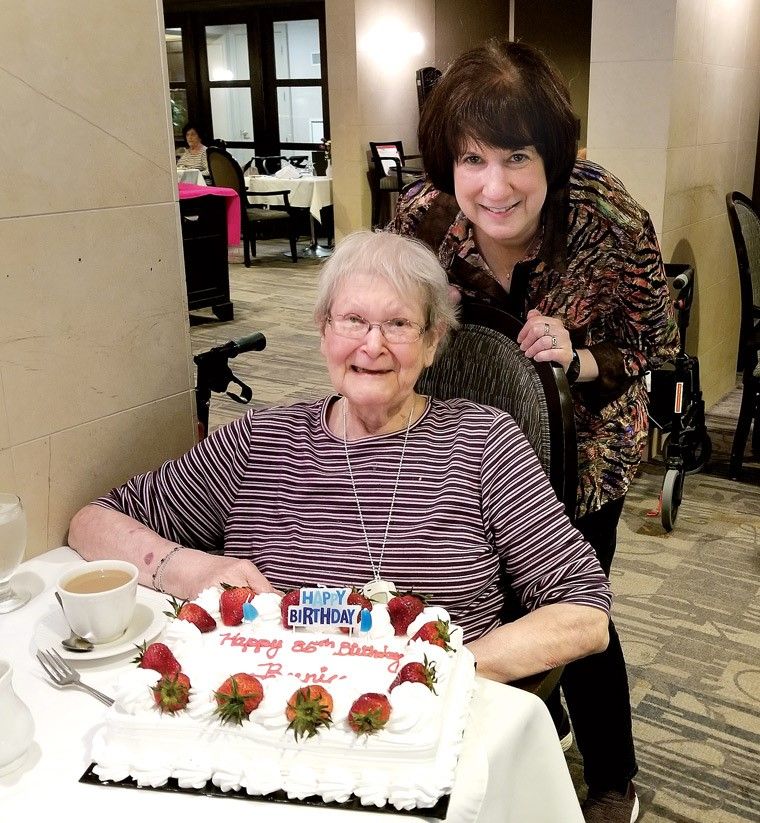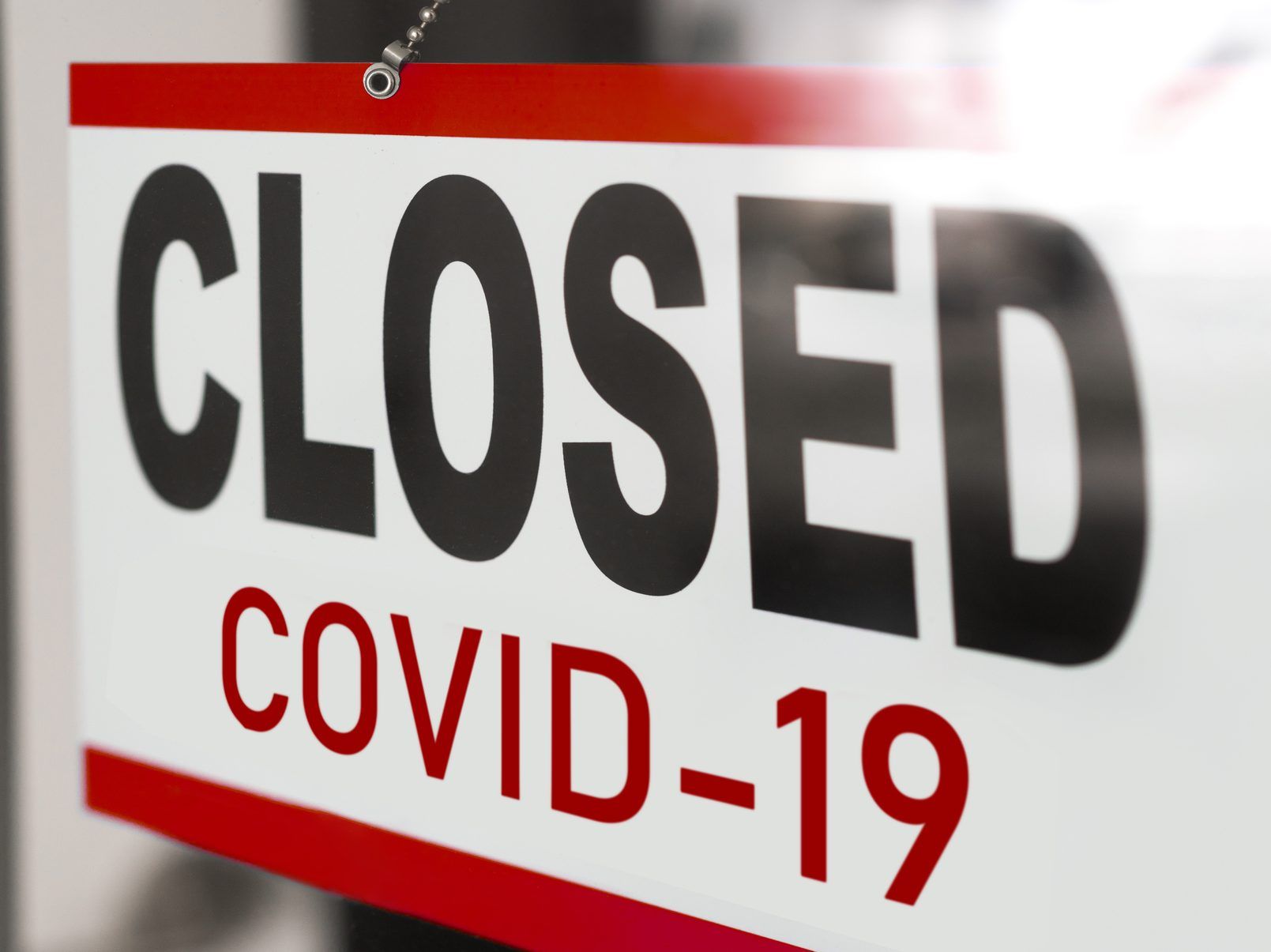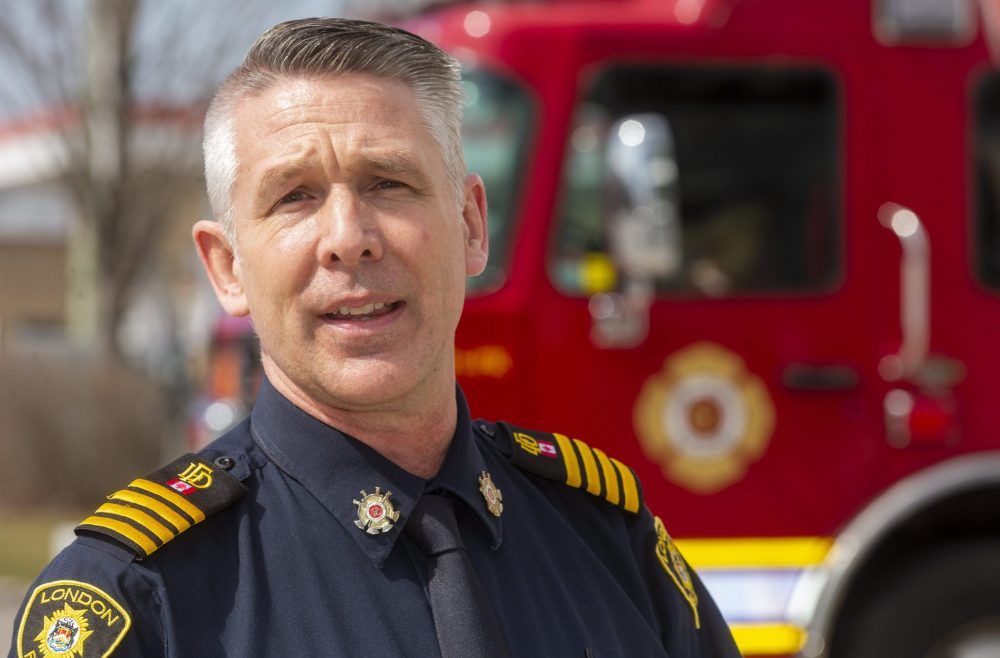Significant number of PSWs refuse their COVID vaccine
Author of the article:Brian Lilley
Publishing date:Mar 10, 2021 • 1 hour ago • 2 minute read • comment bubbleJoin the conversation
An employee shows the Moderna coronavirus (COVID-19) vaccine at Northwell Health's Long Island Jewish Valley Stream hospital in New York December 21, 2020.
An employee shows the Moderna coronavirus (COVID-19) vaccine at Northwell Health's Long Island Jewish Valley Stream hospital in New York December 21, 2020. PHOTO BY EDUARDO MUNOZ /REUTERS
Article content
It looks like Premier Doug Ford let the cat out of the bag when it comes to some health-care workers refusing to take the COVID-19 vaccine offered to them.
Earlier this week, the Ontario Ministry of Health responded to a question from this newspaper by saying that they don’t track health-care workers who take, or don’t take, the COVID vaccine they are offered.
Turns out that’s not true and the government does have some detailed numbers.
Responding to questions in the legislature from NDP Leader Andrea Horwath, Ford admitted that he is concerned about some health workers not taking the vaccine.
“My big concern, there’s probably 40% (who) may not get the vaccine. We’re encouraging them to come and get it done. We have sites all over the province,” Ford said.
Ford’s office and other government officials later sought to qualify the premier’s statements.
While some long-term care homes have seen high refusal rates, and could be as high as 40% refusal, the provincial average is below what the premier said. According to government statistics, 70% of LTC workers have had at least one shot and the majority have had two shots.
Advertisement
STORY CONTINUES BELOW
This advertisement has not loaded yet, but your article continues below.
Article content
There have been concerns from the beginning of the provincial vaccination campaign that certain cultural groups would not be as welcoming of the vaccine as others.
Governments at the federal, provincial and municipal levels have sought out so-called “ambassadors” to reach out to people within their own ethnic, religious or cultural communities to take a vaccine when offered.
Cultural factors may be what is at play here.
A study released by Statistics Canada on COVID-19 showed that 77% of black Canadians said they were very unlikely to take a COVID vaccine.
That study, conducted last September, showed that except for those identifying as Latin American, 66%, or Filipino, 58%, most ethnic groups were closer to 50% in saying they were unlikely to get a vaccine.
MORE ON THIS TOPIC
Ordering take-out coffee along Queen St. W. near Trinity Bellwoods Park in Toronto, Ont. on Sunday February 28, 2021. Ernest Doroszuk/Toronto Sun/Postmedia
'RIDICULOUS POLICY': CFIB wants public apology from Premier Ford
A pharmacist technician fills the Pfizer-BioNTech COVID-19 mRNA vaccine at a clinic in mid-December.
Ontario's pilot pharmacy vaccination program to start for ages 60 to 64
Ontario Premier Doug Ford tours the COVID-19 testing centre in Terminal 3 at Pearson Airport in Toronto on Feb. 3, 2021.
FUREY: CFIB slams Doug Ford calling lockdown extension 'downright insulting'
Vaccine hesitancy has fallen across the board since that time but both black and Filipino Canadians are heavily represented in the health-care sector. Statistics Canada said that both groups are “overrepresented” in that field compared to their percentage of the population.
Bottom line, the provincial government has their work cut out for them in convincing people who work with the most vulnerable, that getting vaccinated is in their best interests.
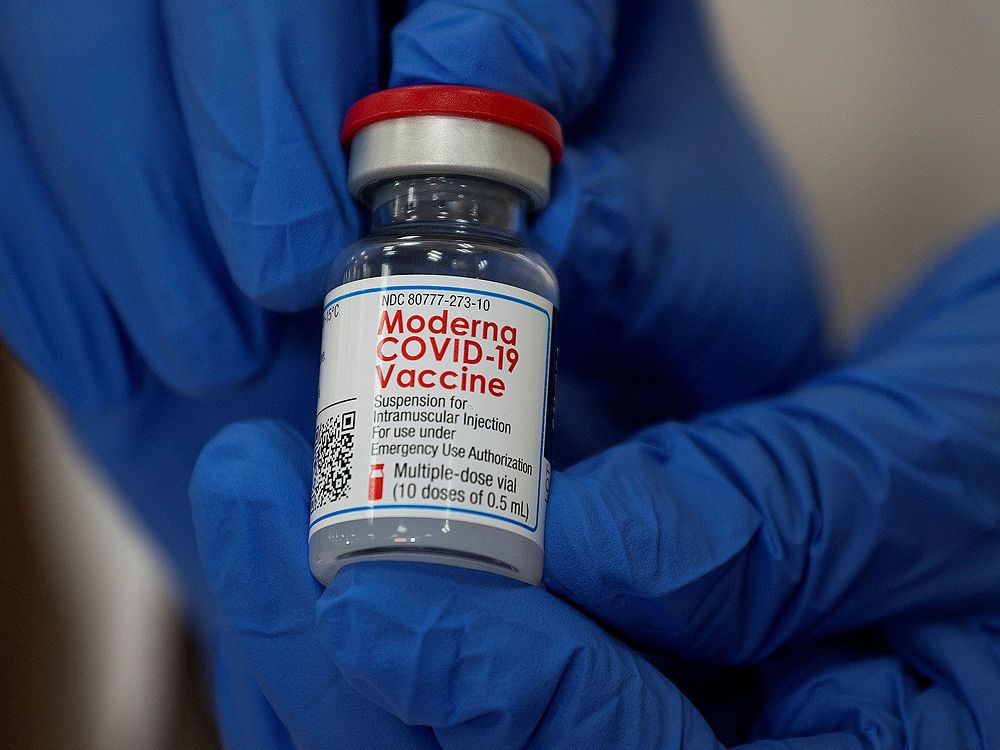
 torontosun.com
torontosun.com
Author of the article:Brian Lilley
Publishing date:Mar 10, 2021 • 1 hour ago • 2 minute read • comment bubbleJoin the conversation
An employee shows the Moderna coronavirus (COVID-19) vaccine at Northwell Health's Long Island Jewish Valley Stream hospital in New York December 21, 2020.
An employee shows the Moderna coronavirus (COVID-19) vaccine at Northwell Health's Long Island Jewish Valley Stream hospital in New York December 21, 2020. PHOTO BY EDUARDO MUNOZ /REUTERS
Article content
It looks like Premier Doug Ford let the cat out of the bag when it comes to some health-care workers refusing to take the COVID-19 vaccine offered to them.
Earlier this week, the Ontario Ministry of Health responded to a question from this newspaper by saying that they don’t track health-care workers who take, or don’t take, the COVID vaccine they are offered.
Turns out that’s not true and the government does have some detailed numbers.
Responding to questions in the legislature from NDP Leader Andrea Horwath, Ford admitted that he is concerned about some health workers not taking the vaccine.
“My big concern, there’s probably 40% (who) may not get the vaccine. We’re encouraging them to come and get it done. We have sites all over the province,” Ford said.
Ford’s office and other government officials later sought to qualify the premier’s statements.
While some long-term care homes have seen high refusal rates, and could be as high as 40% refusal, the provincial average is below what the premier said. According to government statistics, 70% of LTC workers have had at least one shot and the majority have had two shots.
Advertisement
STORY CONTINUES BELOW
This advertisement has not loaded yet, but your article continues below.
Article content
There have been concerns from the beginning of the provincial vaccination campaign that certain cultural groups would not be as welcoming of the vaccine as others.
Governments at the federal, provincial and municipal levels have sought out so-called “ambassadors” to reach out to people within their own ethnic, religious or cultural communities to take a vaccine when offered.
Cultural factors may be what is at play here.
A study released by Statistics Canada on COVID-19 showed that 77% of black Canadians said they were very unlikely to take a COVID vaccine.
That study, conducted last September, showed that except for those identifying as Latin American, 66%, or Filipino, 58%, most ethnic groups were closer to 50% in saying they were unlikely to get a vaccine.
Ordering take-out coffee along Queen St. W. near Trinity Bellwoods Park in Toronto, Ont. on Sunday February 28, 2021. Ernest Doroszuk/Toronto Sun/Postmedia
'RIDICULOUS POLICY': CFIB wants public apology from Premier Ford
A pharmacist technician fills the Pfizer-BioNTech COVID-19 mRNA vaccine at a clinic in mid-December.
Ontario's pilot pharmacy vaccination program to start for ages 60 to 64
Ontario Premier Doug Ford tours the COVID-19 testing centre in Terminal 3 at Pearson Airport in Toronto on Feb. 3, 2021.
FUREY: CFIB slams Doug Ford calling lockdown extension 'downright insulting'
Vaccine hesitancy has fallen across the board since that time but both black and Filipino Canadians are heavily represented in the health-care sector. Statistics Canada said that both groups are “overrepresented” in that field compared to their percentage of the population.
Bottom line, the provincial government has their work cut out for them in convincing people who work with the most vulnerable, that getting vaccinated is in their best interests.

Significant number of Ontario PSWs refuse their COVID vaccine
Did the premier let the cat out of the bag when it comes to some health-care workers refusing to take the COVID-19 vaccine offered to them?
